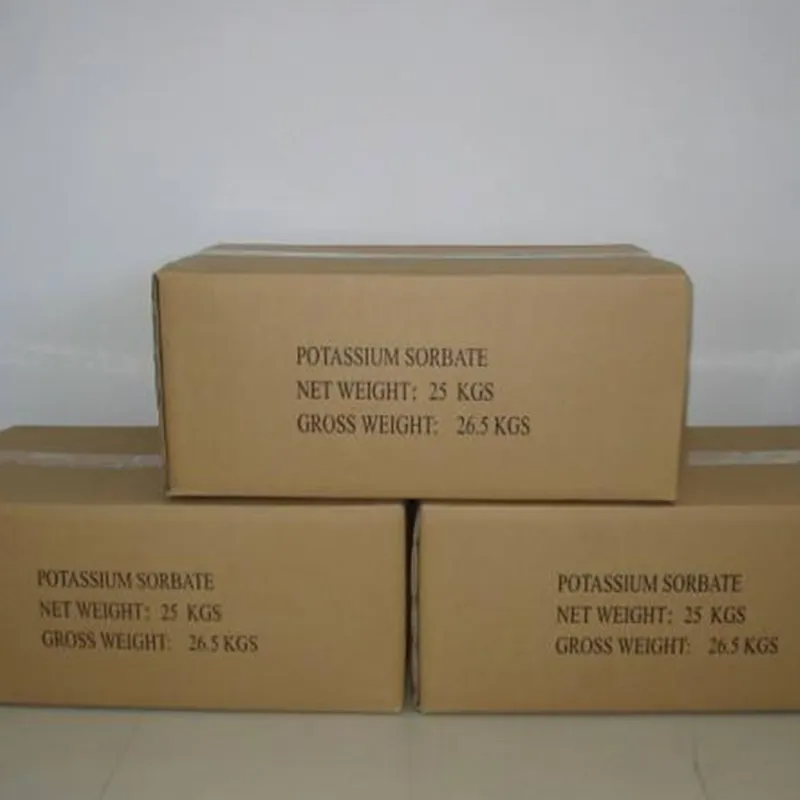
Exploring E1400 Food Additive and Its Uses in Food Products
Understanding E1400 The Food Additive
Food additives play a crucial role in our modern food supply, serving functions such as preservation, flavor enhancement, and texture improvement. Among the myriad of food additives available today, E1400 stands out as an important component that aids in the manufacturing and consumption of various food products. In this article, we will dive into what E1400 is, its sources, applications, safety concerns, and its significance in the food industry.
E1400, also known as Dextrin, is a carbohydrate derived from starch. This food additive is typically created through the process of hydrolysis—where starch is broken down into smaller, more manageable components. Dextrin is often used as a thickener, binder, or stabilizer in a wide array of food items due to its versatility and functional properties. It appears in powdered form and can be classified into various categories depending on its purpose and source.
Understanding E1400 The Food Additive
E1400 is also a popular ingredient in the snack food industry. It is commonly found in products such as chips, crackers, and baked goods, contributing to their texture and helping to maintain freshness. The additive provides stability, preventing ingredients from separating, which is especially vital in products that require a long shelf life.
e1400 food additive

In terms of safety, E1400 is generally recognized as safe (GRAS) when consumed in normal dietary amounts. Regulatory agencies such as the European Food Safety Authority (EFSA) and the United States Food and Drug Administration (FDA) evaluate and monitor food additives, including E1400, to ensure they do not pose health risks to consumers. Studies have indicated that it does not significantly contribute to adverse health effects when consumed in moderation.
However, as with any food additive, some individuals may be sensitive to dextrin. People with specific dietary restrictions, such as those with celiac disease or gluten intolerance, should be cautious. While E1400 can come from various sources, including corn, potato, or wheat starch, its processing may result in trace amounts of gluten, depending on the source. Therefore, it is essential for consumers to check labels and choose products that align with their dietary needs.
Beyond its functional properties, E1400 also raises discussions about overall food quality and consumer preferences. In an age where natural and organic food trends are dominant, some consumers seek alternatives to synthetic substances. As a result, there has been a growing interest in finding natural thickeners and emulsifiers. Manufacturers must strike a balance between using effective additives like E1400 and meeting the evolving expectations of their customers, many of whom prefer simpler, cleaner ingredient lists.
In conclusion, E1400 is a valuable food additive that enhances the texture, stability, and sensory qualities of a variety of food products. While it is recognized as safe by regulatory bodies, heightened consumer awareness around additives prompts ongoing discussions about food transparency and ingredient sourcing. As the food industry continues to evolve, understanding additives like E1400 will be essential for both manufacturers and consumers in making informed choices about the products they consume. Awareness and knowledge about food additives not only foster better health decisions but also play a part in shaping the future of our food systems.
-
Buy High-Quality Trichloroisocyanuric Acid for Sale | TCCA 90% SupplierNewsAug.30,2025
-
Pure Sodium Dichloroisocyanurate Dihydrate | Powerful DisinfectantNewsAug.29,2025
-
Industrial Chemicals: Quality & Purity for Every IndustryNewsAug.28,2025
-
Nitrile Rubber Honoring Strict Production StandardsNewsAug.22,2025
-
Aspartame Ingredients Honoring Food Safety ValuesNewsAug.22,2025
-
Fertilizer for Balanced Plant NutritionNewsAug.22,2025
-
Cyanide Gold Processing with High Purity AdditivesNewsAug.22,2025
Hebei Tenger Chemical Technology Co., Ltd. focuses on the chemical industry and is committed to the export service of chemical raw materials.
-

view more DiethanolisopropanolamineIn the ever-growing field of chemical solutions, diethanolisopropanolamine (DEIPA) stands out as a versatile and important compound. Due to its unique chemical structure and properties, DEIPA is of interest to various industries including construction, personal care, and agriculture. -

view more TriisopropanolamineTriisopropanolamine (TIPA) alkanol amine substance, is a kind of alcohol amine compound with amino and alcohol hydroxyl, and because of its molecules contains both amino and hydroxyl. -

view more Tetramethyl Thiuram DisulfideTetramethyl thiuram disulfide, also known as TMTD, is a white to light-yellow powder with a distinct sulfur-like odor. It is soluble in organic solvents such as benzene, acetone, and ethyl acetate, making it highly versatile for use in different formulations. TMTD is known for its excellent vulcanization acceleration properties, which makes it a key ingredient in the production of rubber products. Additionally, it acts as an effective fungicide and bactericide, making it valuable in agricultural applications. Its high purity and stability ensure consistent performance, making it a preferred choice for manufacturers across various industries.





